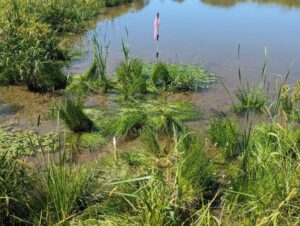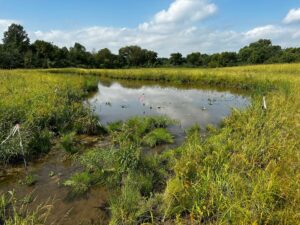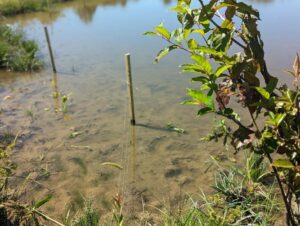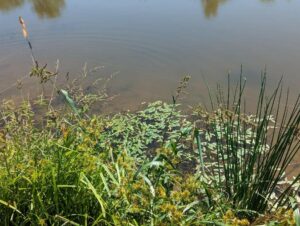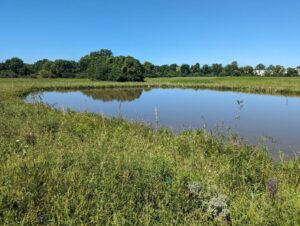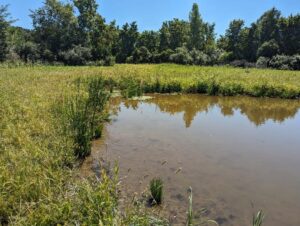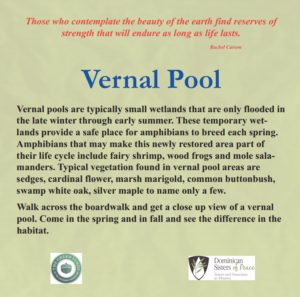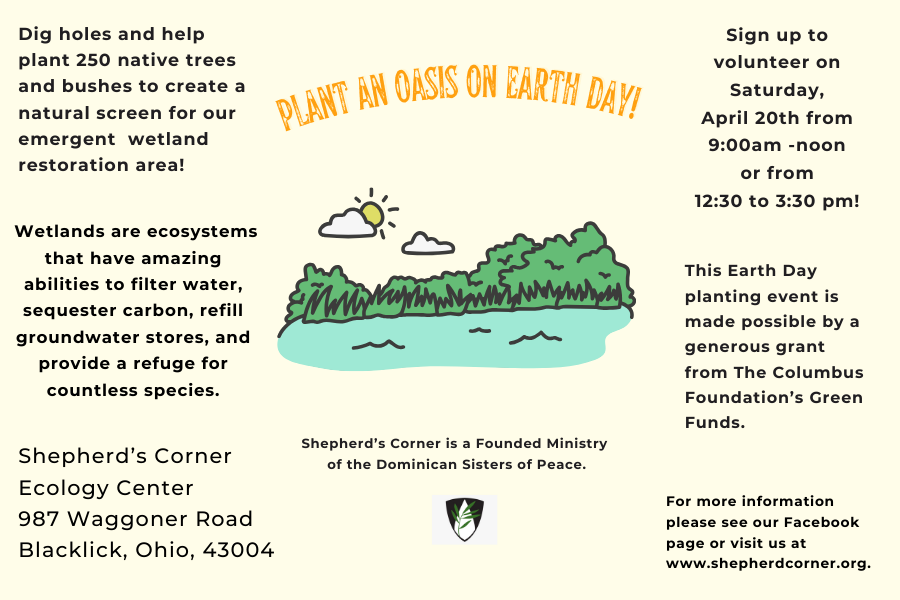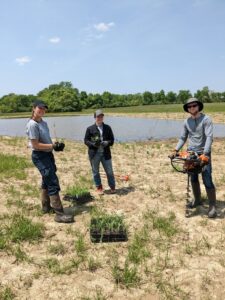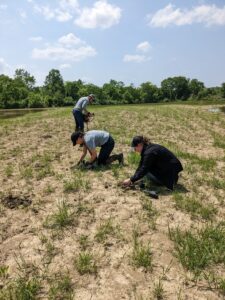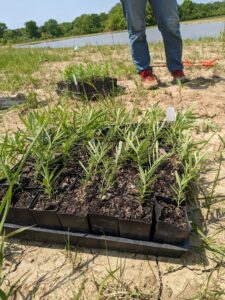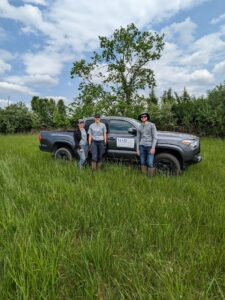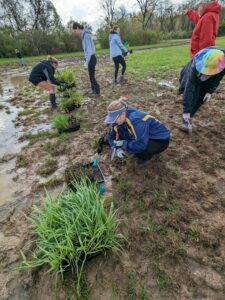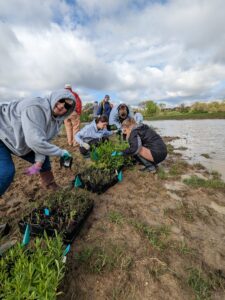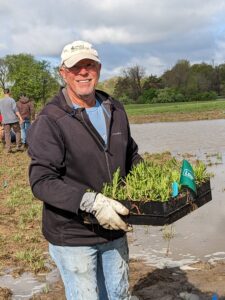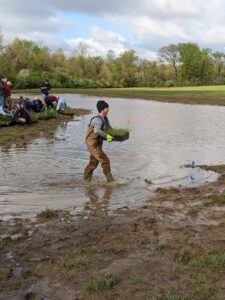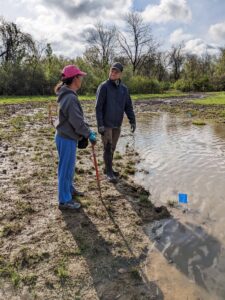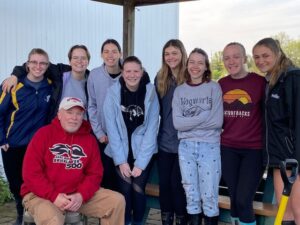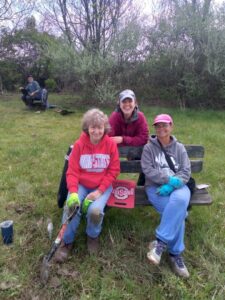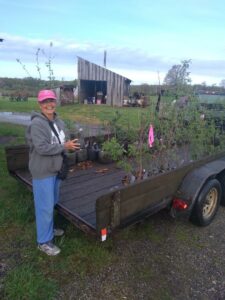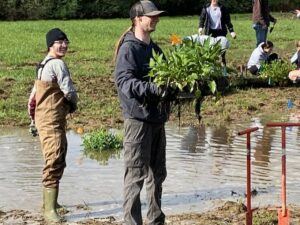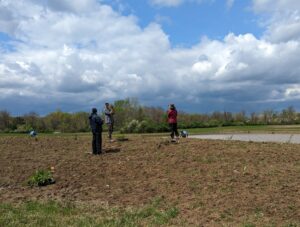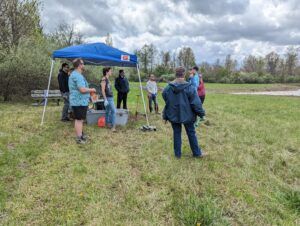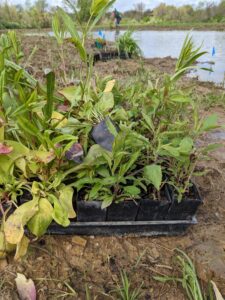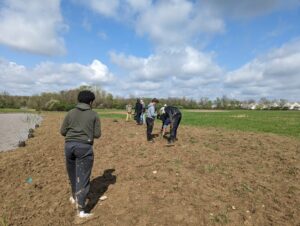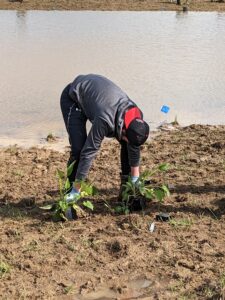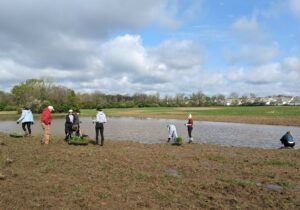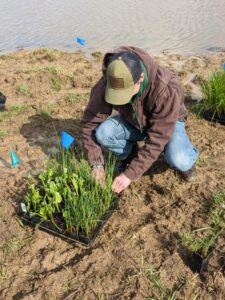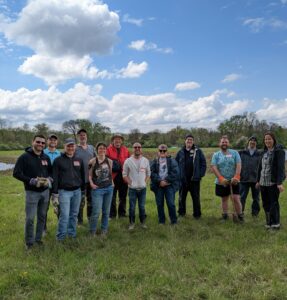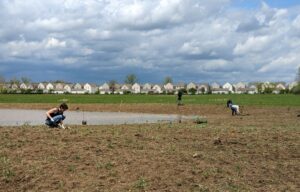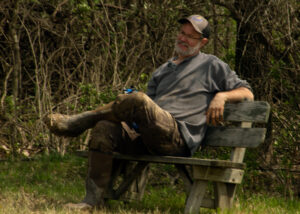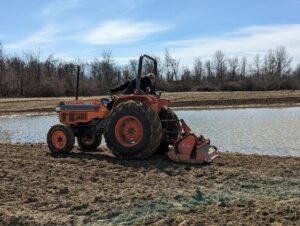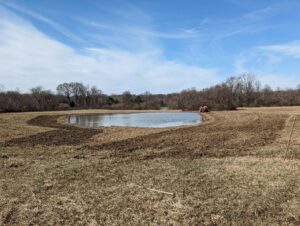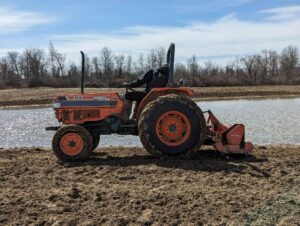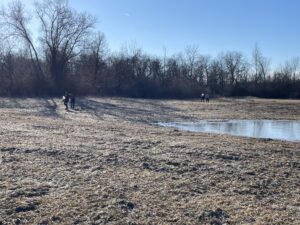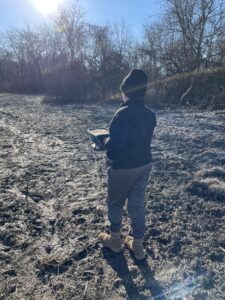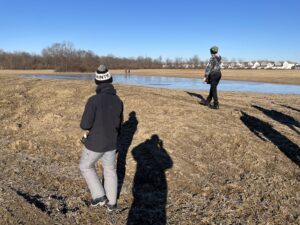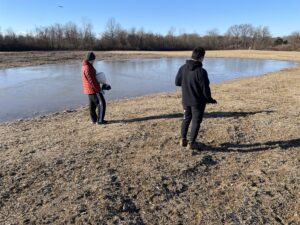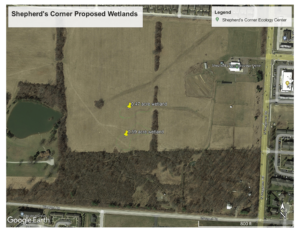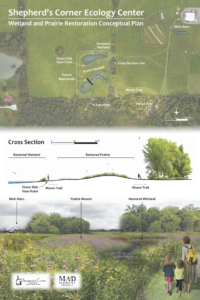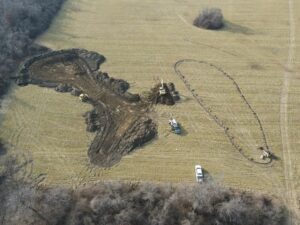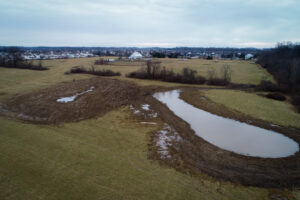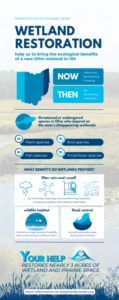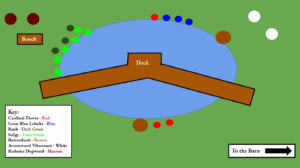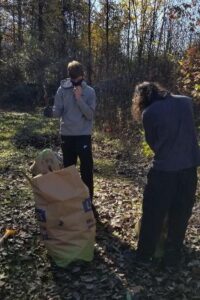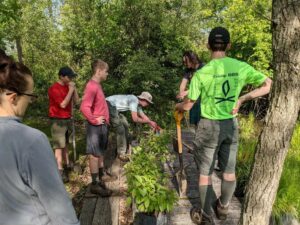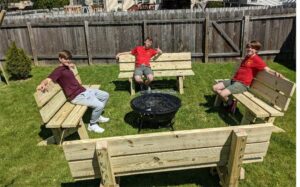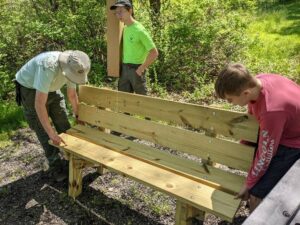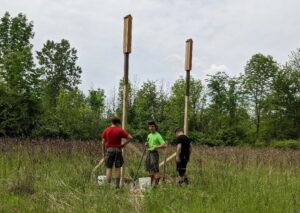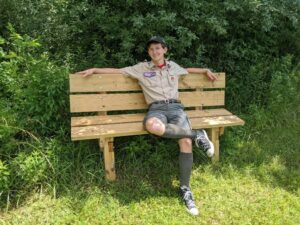Saturday, April 22nd, we hosted a volunteer event to show love and gratitude toward Mother Earth. Wonderful volunteers joined us in planting native plants in and around our newly constructed wetland. Earth Day was a perfect day for the next step in our wetland & prairie creation project!
Volunteers from St. Charles School, Otterbein University, The Ohio State University, Ohio Dominican University, Gay for Good, and other Shepherd’s Corner friends helped plant 950 plugs of emergent marsh and prairie plants and 30 shrubs and upland buffer plants.
On Earth Day, we planted: Buttonbush, Black Chokecherry, Pussy Willow, Elderberry, and Blue False Indigo. Marsh & Common Milkweed, Butterfly Weed, Bristly Sedge, Tussock Sedge, Purple Coneflower, Great Spikerush, Swamp Rose Mallow, Dense Blazing Star, Bergamot, Foxglove Penstemon, Obedient Plant, Pickerel Weed, Little Bluestem, Soft-Stem Bulrush, Cup Plant, Ohio Spiderwort, and Blue Vervain
Here are some images from the planting!
An Earth Day Invitation
Our Mother Earth spends every moment of her existence providing for and loving us. Our most basic needs are met through the air, the fruits of the soil, the water, and the beauty. She bears life for us, heals us, and invites us into relationship with the divine and all created things.
It is right that out of reverence and gratitude we pause to listen and respond to the needs of Earth. What is she telling you? What is your response?
The creation of this wetland is an act of love for Earth. With your help, we work to turn these hay fields into a thriving, wonderfully productive, and biologically diverse ecosystem. An ecosystem that has amazing abilities to filter water, sequester carbon, refill groundwater stores, and provide a refuge for countless species throughout their life cycles.
Help us help Earth heal herself. Knowing her generosity, it wouldn’t be a surprise if you find something beautiful along the way.
